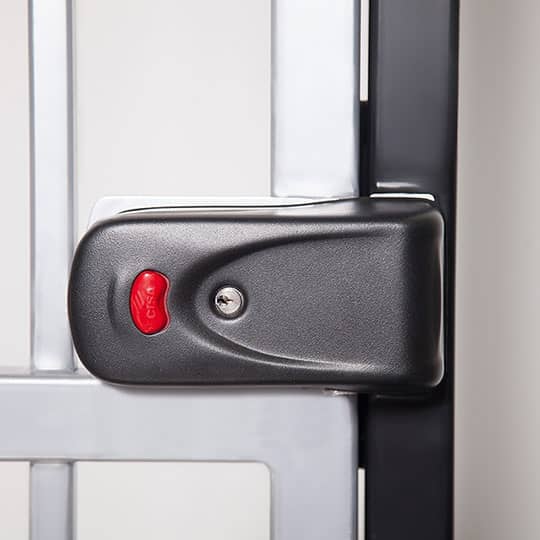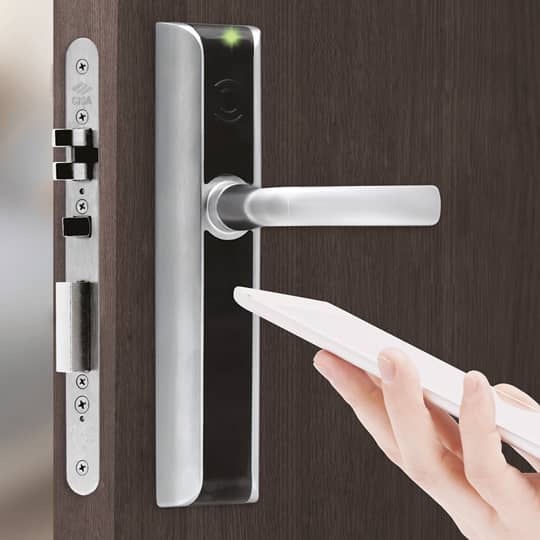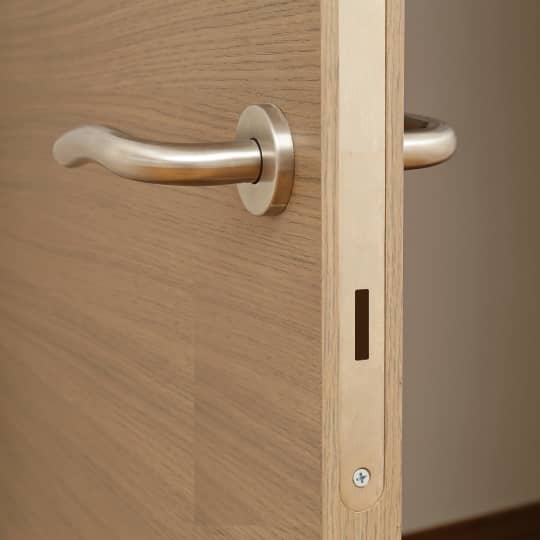
Even with an alarm and an armoured door, if you haven’t got a good quality lock, a burglar could easily force it and enter the house undisturbed.
Crime data regularly compiled by the Home Office show that most burglars (almost 70%) force the front door. About 20% come in through the window and the rest don’t actually break in: they gain entrance because the homeowners have forgotten to lock the door.
Home security begins with the front door, lock and cylinder that you choose.
But with so many options to choose from, how do you go about finding the lock that best meets your needs?
Locks aren’t something you buy every day: they are usually purchased when building a new home or renovating your existing one. We often don’t have a say in the matter and are not fully aware of the choice made.
Yet, as we have pointed out, our lock is what stands between us and unwanted entry.
If you ever have to buy or replace a lock, remember to bear in mind a couple of variables such as the type of door/window you are going to install it on, the quality of the structure it is going into and the level of security you want. Basically, no single lock can satisfy all needs.
For instance, the lock you choose for an armoured door will be different from that for a wooden or aluminium door. Or, if the structure of the door is weak or damaged, it will inevitably be less secure, regardless of the type of lock you install.
Even the best lock in the world is useless if installed on a weak door. For example, some garage doors in apartment buildings are made of sheet metal that is so thin, it can easily be cut and manipulated, without even having to touch the lock.
So our first piece of advice is, if in doubt, always contact an experienced locksmith who will inspect and check your entrance, doors and windows and advise you on the best solution for your specific needs.
As well as meeting security standards and ensuring you choose the right lock and it is installed properly, a professional locksmith will also be able to suggest additional security measures you may wish to take into consideration. For instance railings, a safe or CCTV cameras.




























